Hungarian pioneer of photography comes to Korea
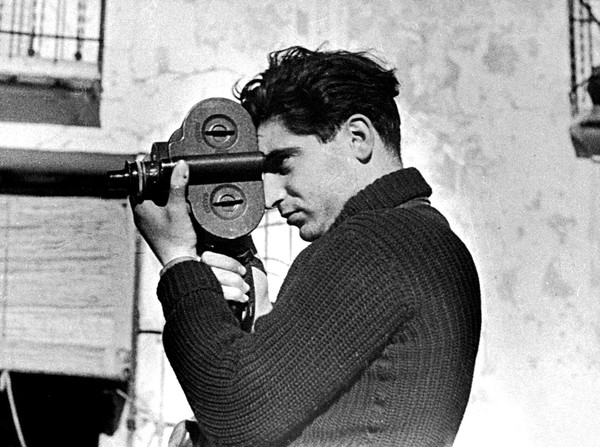
[아츠앤컬쳐] 주한리스트헝가리문화원은 4월까지 한가람미술관에서 열린 빅토르 바자렐리 전에 이어, 부산에서 특별전을 준비 중이다. 새로운 전시회는 20세기의 중요한 예술 장르 중 사진으로, 많은 사진 선구자들이 헝가리에서 경력을 시작했다. 부산 고은사진미술관은 이러한 유산을 기리기 위해 주한헝가리문화원, 부다페스트 로버트 카파센터와 협력하여 6월 말부터 4개월간 20세기 가장 중요한 사진기자 중 한 명인 로버트 카파(Robert Capa)의 대표작을 소개하는 전시회를 개최한다.
1913년 부다페스트에서 태어난 로버트 카파는 20세기 가장 영향력 있는 유명한 사진기자 중 한 명이다. 상징적인 전쟁 사진으로 가장 잘 알려진 그는 세계 최고의 전쟁 사진가로 손꼽힌다. 그는 스페인 남북전쟁, 일본의 중국 침략, 제2차 세계대전 등 다양한 분쟁을 기록했다. 카파는 군사 분쟁의 한가운데에 서서 생명과 재산의 파괴를 기록하는 동시에, 말할 수 없는 역경을 이겨낸 인간 정신으로 삶을 이어가는 생존자들의 모습을 포착한 선구적인 종군기자였다. 카파의 유산은 개인 사진 그 이상이다. 그는 "사진이 만족스럽지 않다면 당신은 충분히 가까이 있지 않은 것이다."라고 말하곤 했다. 사진에 대한 그의 대담하고 인간적인 접근 방식은 계속해서 여러 세대의 사진가들에게 영감을 주고 있다.
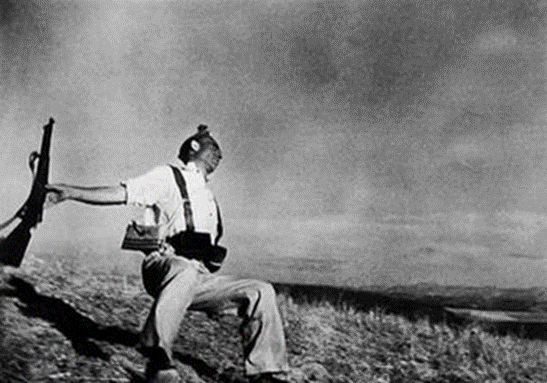
카파(원 이름 Endre Friedmann)는 1931년 헝가리를 떠나 베를린에 정착했다. 그는 1930년대에 사진작가로서 경력을 시작하면서 미국식으로 ‘로버트 카파’라는 이름과 캐릭터를 만들었다. 카파는 스페인 내전(1936~1939)을 취재하면서 Gerda Taro, Ernst Hemingway와 함께 작업하며 국제적인 명성을 얻었다. 그의 강렬한 이미지는 공화당 군인이 사망하는 순간을 묘사한 유명한 사진 ‘The Falling Soldier’를 포함하여 휴먼 드라마와 전쟁의 잔인함을 포착했다. 제2차 세계대전 동안 그는 종군기자로 일하면서 1944년 노르망디 상륙작전과 같은 주요 사건을 취재했다. 최전선에서 찍은 그의 사진은 전쟁에 대한 본능적이고 친밀한 시각을 제공했다. 1947년 카파는 Henri Cartier-Bresson, David ‘Chim’ Seymour 및 George Rodger와 함께 프리랜서 사진가들을 위한 Magnum Photos를 공동 창립했다. 매그넘 포토는 당대 최고의 사진 저널리스트들을 대표하는 세계에서 가장 권위 있는 에이전시 중 하나가 되었다. 안타깝게도 로버트 카파는 제1차 인도차이나 전쟁(1946~1954)을 취재하던 중 1954년 5월 25일 지뢰를 밟고 사망했다.
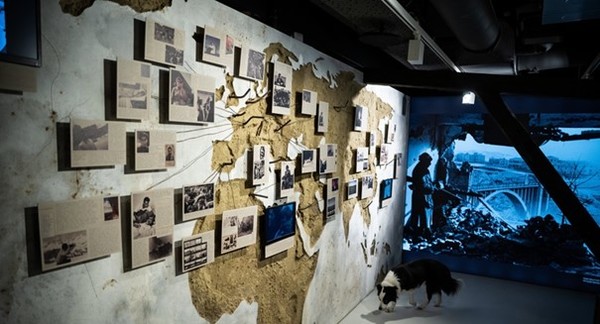
부다페스트의 로버트 카파 현대사진센터는 카파의 작품 전체를 위한 가장 포괄적인 전시 공간이며, 서울 헝가리문화원과 협력해 부산 고은사진미술관에서 카파의 베스트 사진 150점을 선보일 예정이다. 헝가리 수도 부다페스트는 유럽 사진의 주요 중심지이므로, 헝가리문화원은 가까운 시일 내에 한국에서 사진 전시회를 더욱 많이 기획할 예정이다. 2025년에는 부다페스트의 박물관 지구에 헝가리사진박물관이 새로 문을 열고 헝가리의 국립 사진 컬렉션으로 1840년부터 100만 개 이상의 작품이 보관될 예정이다. 한미사진미술관이 새 전시장을 개관한 지 2년도 채 되지 않아 현재 사진은 양국에서 가장 트렌드 예술 부문 중 하나다. 2024년 말 서울에도 서울시립미술관 사진관이 개관된다. 이러한 새로운 아트센터의 동시 설립은 두 수도의 매력을 높일 뿐만 아니라 한국과 헝가리 간의 새로운 문화 교류 프로그램을 진행할 수 있는 새로운 기회를 제공한다.

Hungarian pioneer of photography comes to Korea
Shortly after the closing of the exhibition of Victor Vasarely at the Seoul Arts Center, the Liszt Institute - Hungarian Cultural Center is preparing another extraordinary exhibition, this time in Busan. The new exhibition focuses on photography, one of the most important artistic branches of the 20th century, many of whose pioneers began their careers in Hungary. As a tribute to this heritage, the Goeun Museum of Photography in Busan, in cooperation with the Hungarian Cultural Center in Seoul and the Robert Capa Center in Budapest, will host a four-month exhibition from the end of June, showcasing the best works of Robert Capa, one of the most important photojournalists of the 20th century.
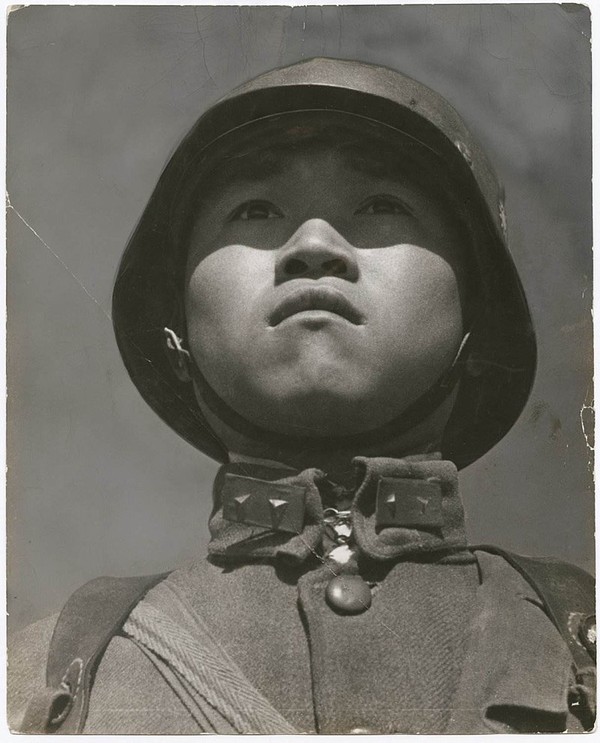
Robert Capa, born Endre Friedmann in Budapest in 1913, was one of the most influential and celebrated photojournalists of the 20th century. Best known for his iconic war photography, he is considered the world's greatest war photographer. He documented the Spanish Civil War, the Japanese invasion of China, and World War II, among other conflicts. Capa was a pioneering photojournalist who placed himself in the midst of military conflicts to document the destruction of life and property, while capturing the survivors who went on with their lives, their human spirit triumphant over unspeakable adversity. Capa's legacy goes beyond his individual photographs. He used to say, "If your pictures aren't good enough, you're not close enough.” His bold and humanistic approach to photography continues to inspire generations of photographers.
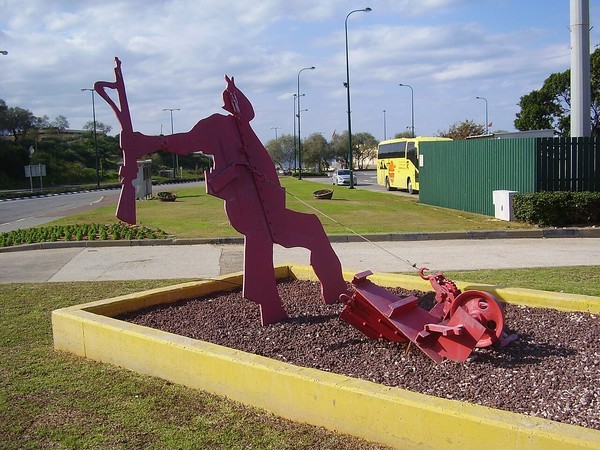
Capa left Hungary in 1931 and settled in Berlin. He began his career as a photographer in the 1930s, he created the name and character ’Robert Capa’. Capa's coverage of the Spanish Civil War (1936-1939) brought him international acclaim, where he worked with Gerda Taro and Ernst Hemingway. His powerful images captured the human drama and brutality of war, including his famous photograph ’The Falling Soldier’, which depicts a Republican soldier at the moment of his death. During World War II, he worked as a war correspondent, covering key events such as the D-Day landings in Normandy in 1944. His photographs from the front lines provided a visceral and intimate view of the war. In 1947, Capa co-founded Magnum Photos, a cooperative agency for freelance photographers, with Henri Cartier-Bresson, David ’Chim’ Seymour, and George Rodger. Magnum Photos became one of the most prestigious agencies in the world, representing some of the finest photojournalists of the era. Tragically, Robert Capa died after stepping on a land mine on May 25, 1954, while covering the First Indochina War (1946-1954).

The Robert Capa Center for Contemporary Photography in Budapest provides the most comprehensive exhibition space for Capa's entire body of work. In collaboration with the Hungarian Cultural Center in Seoul, they will present 150 of Capa's best photographs at the Goeun Museum of Photography in Busan. As the Hungarian capital is an important center of European photography, the Hungarian Cultural Center is planning more photo-oriented exhibitions in Korea in the near future. In 2025, the Museum of Hungarian Photography will open its doors as part of Budapest's new museum district. The center will house Hungary's national photographic collection, which includes more than one million items dating from 1840. It seems that photography nowadays is among the most trending artistic branches in both countries, since less than two years after Hanmi Museum of Photography opened its new venue in Seoul, in late 2024, the new photography museum of the Seoul Museum of Arts will also open its gates in Seoul. These simultaneous creation of new art centers not only increases the attractiveness of both capitals, but also offers new opportunities to work on fresh new cultural exchange programs between Korea and Hungary.

글 | 언드라시 스츠 András Szűts
주한리스트헝가리문화원 부원장
Liszt Institute - Hungarian Cultural Center Seoul


